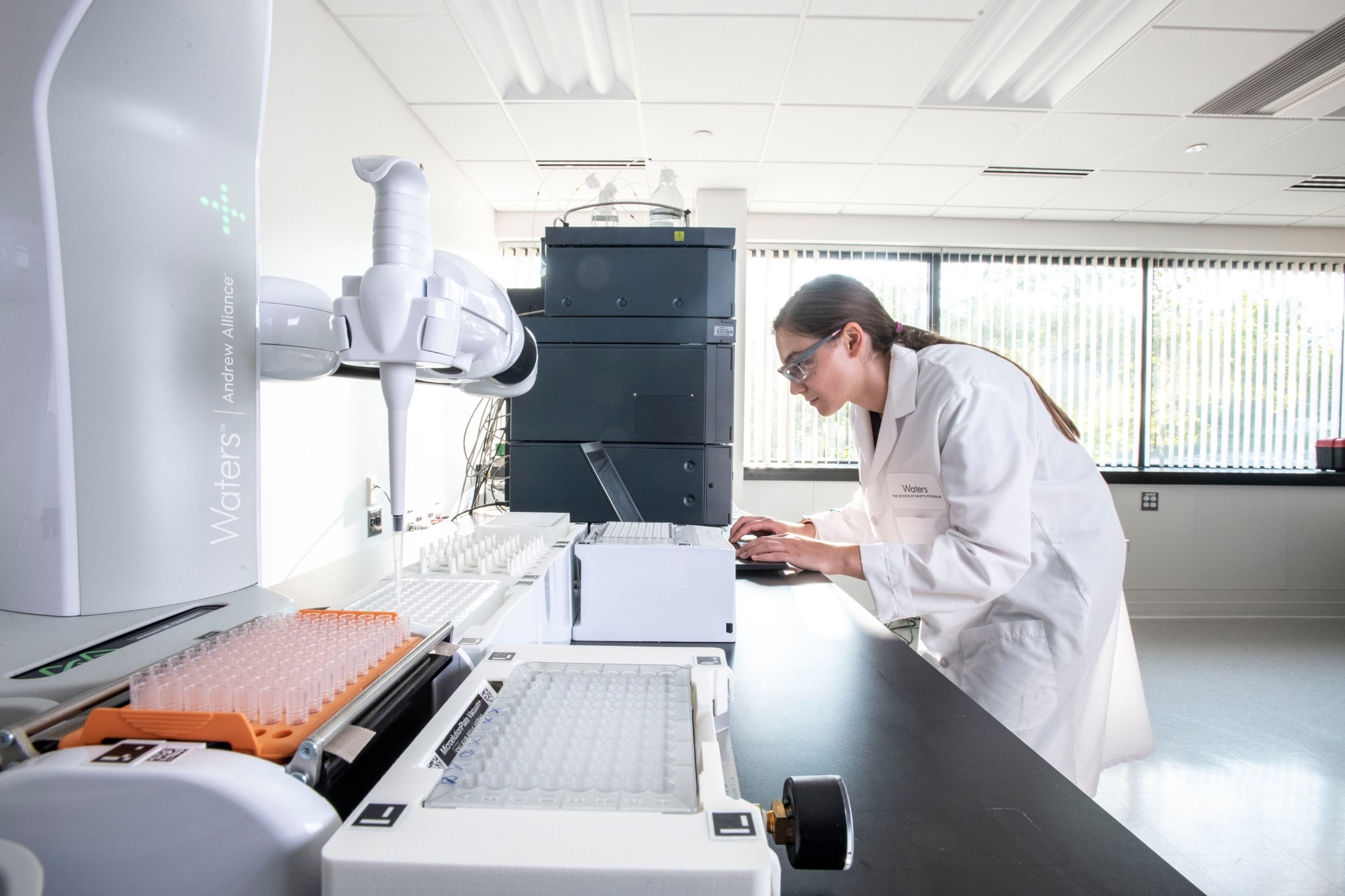Analyzing sugars in food and beverages is crucial not only for confirming product specifications and nutritional claims but also plays an essential role in complying with sugar tax regulations. It also protects consumers by ensuring products like lactose-free items genuinely contain no lactose, among other safety checks. Waters provides robust sugar testing solutions that enhance analytical accuracy, streamline workflows, and ensure product compliance with regulatory standards, helping confirm that products are authentic, and meet nutritional label claims.

eBook: Your Essential Guide to Sugar Analysis with Liquid Chromatography

For advanced laboratory data management, including acquisition, processing, and reporting for liquid and gas chromatography instruments, equip your lab with the Empower Chromatography Data System (CDS).
Document observations, control procedures, and exchange information with other software solutions with NuGenesis LMS, the analytical electronic laboratory notebook that helps you easily find and collaborate on your results.
Automate liquid handling with Waters Andrew+ Pipetting Robot with electronic pipettes and innovative labware holders. Add connected tools for processes like heating or labware transportation with Device+ for a full walk-away automation solution.
XBridge HPLC and UHPLC Columns utilize Ethylene Bridged Hybrid (BEH) Particle Technology and are built to withstand high pH, high temperatures, and other extreme operating conditions like volatile eluents, for a wide range of small molecule and biomolecule LC-MS analysis.
Meet all your method requirements and substantially reduce your analysis time and cost-per-sample with Waters ACQUITY UPLC Columns and improve your increased flow rate separation efficiency.
Simplify sample preparation with Waters sample preparation solutions for quantitative analysis and deliver samples that are reproducible, yield high recovery, and are free of interferences.
Optimize your laboratory's productivity and success with Waters Global Services to maintain peak system performance, minimize down time, address application challenges, and support stringent compliance requirements.
Maximize resources and minimize risk with payment options from Waters Capital, including upgrading aging equipment, getting customized support, and bundling services into one monthly payment.

